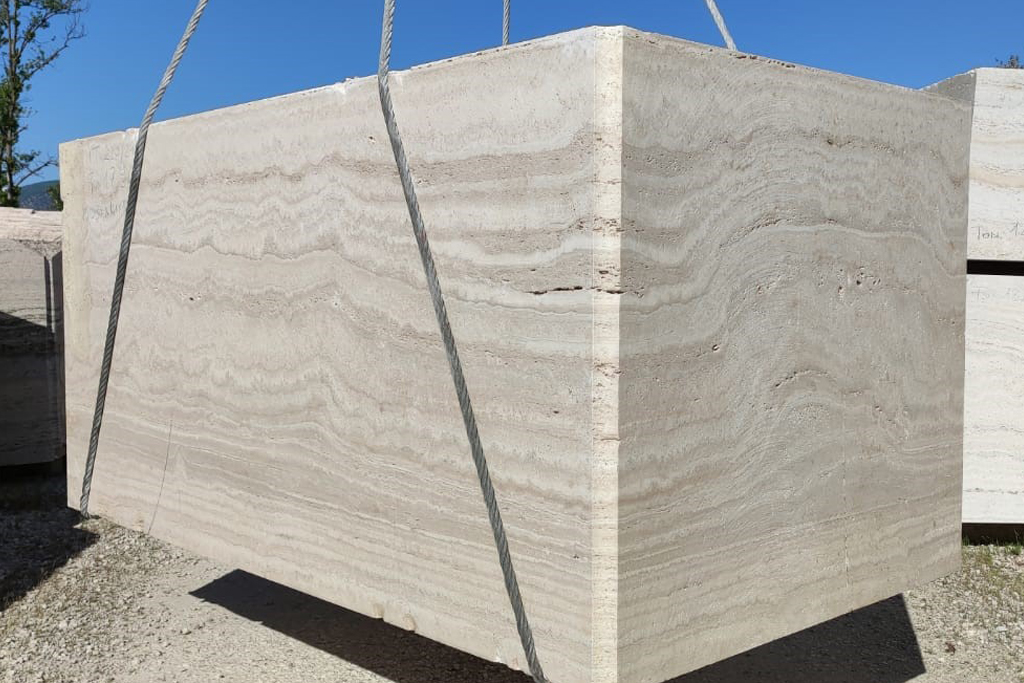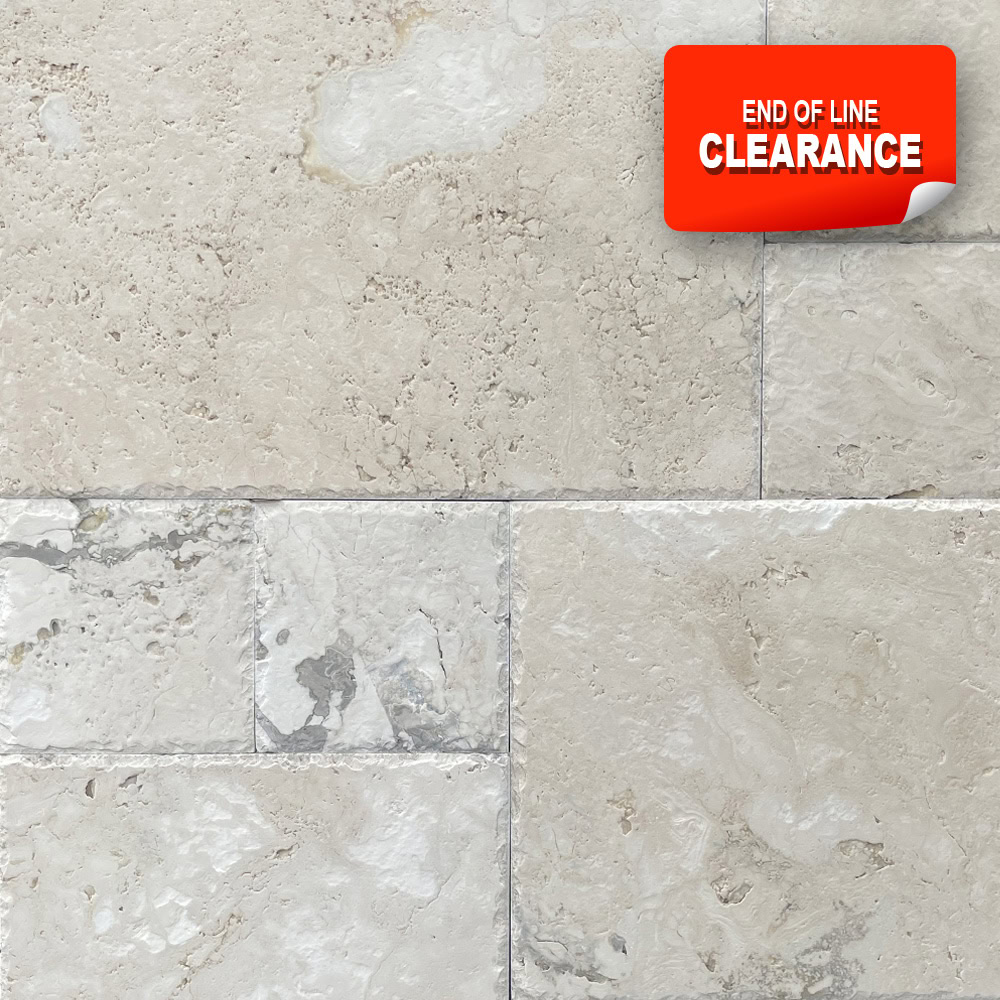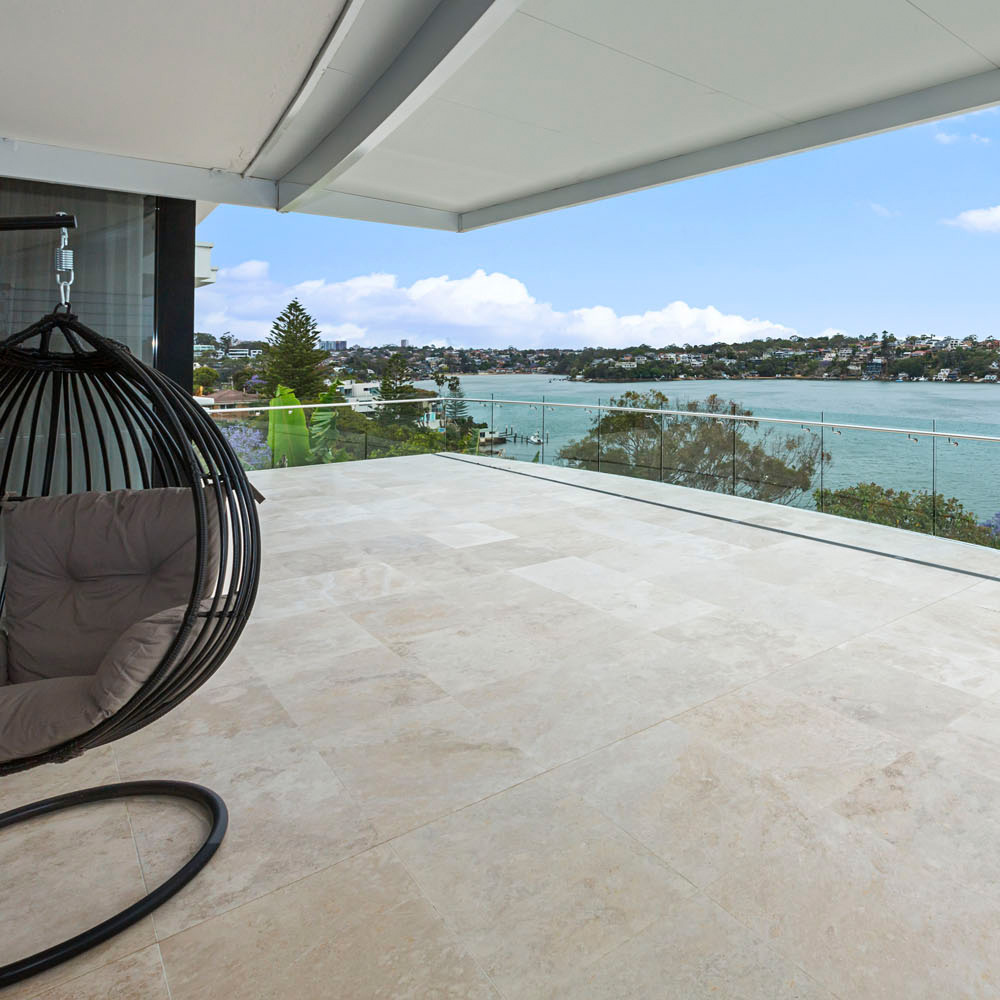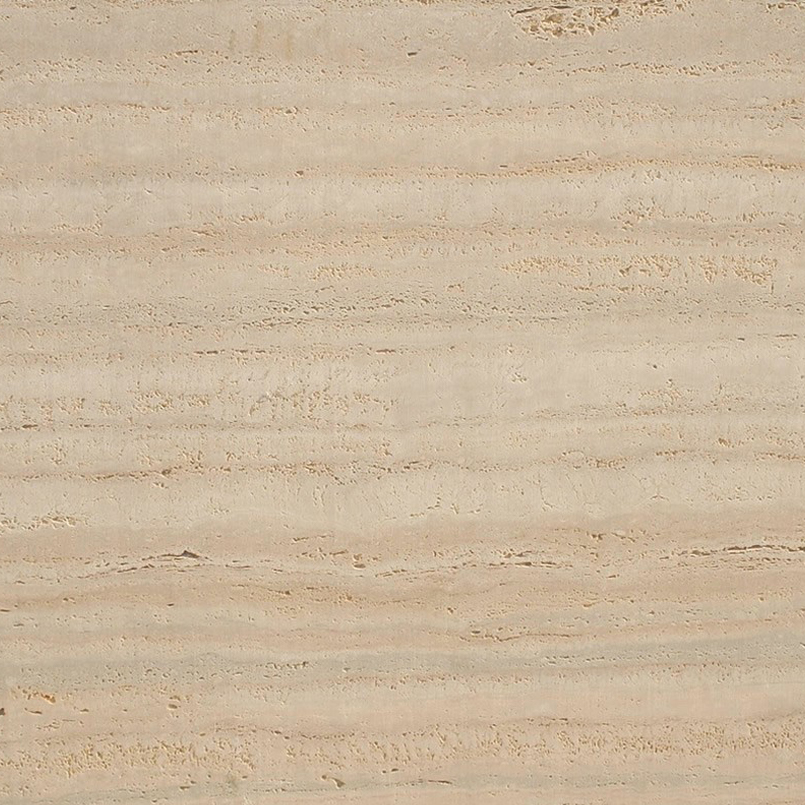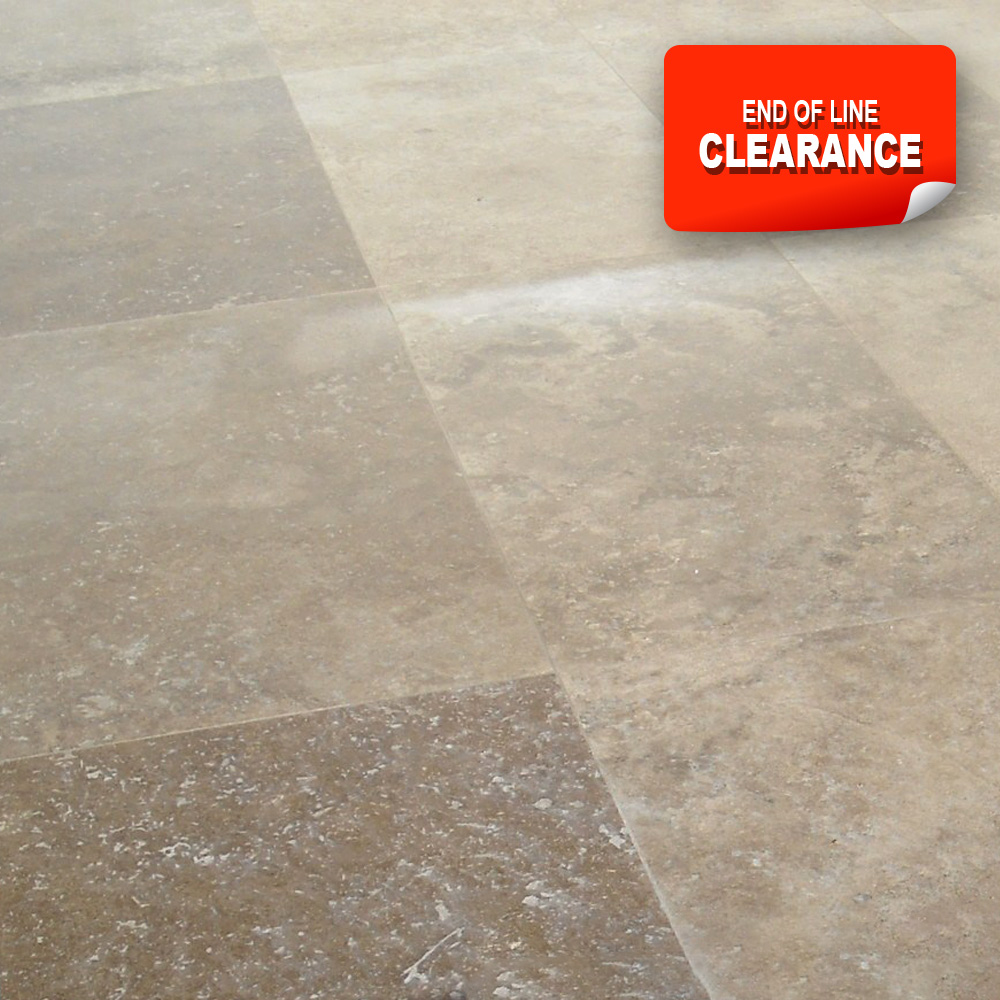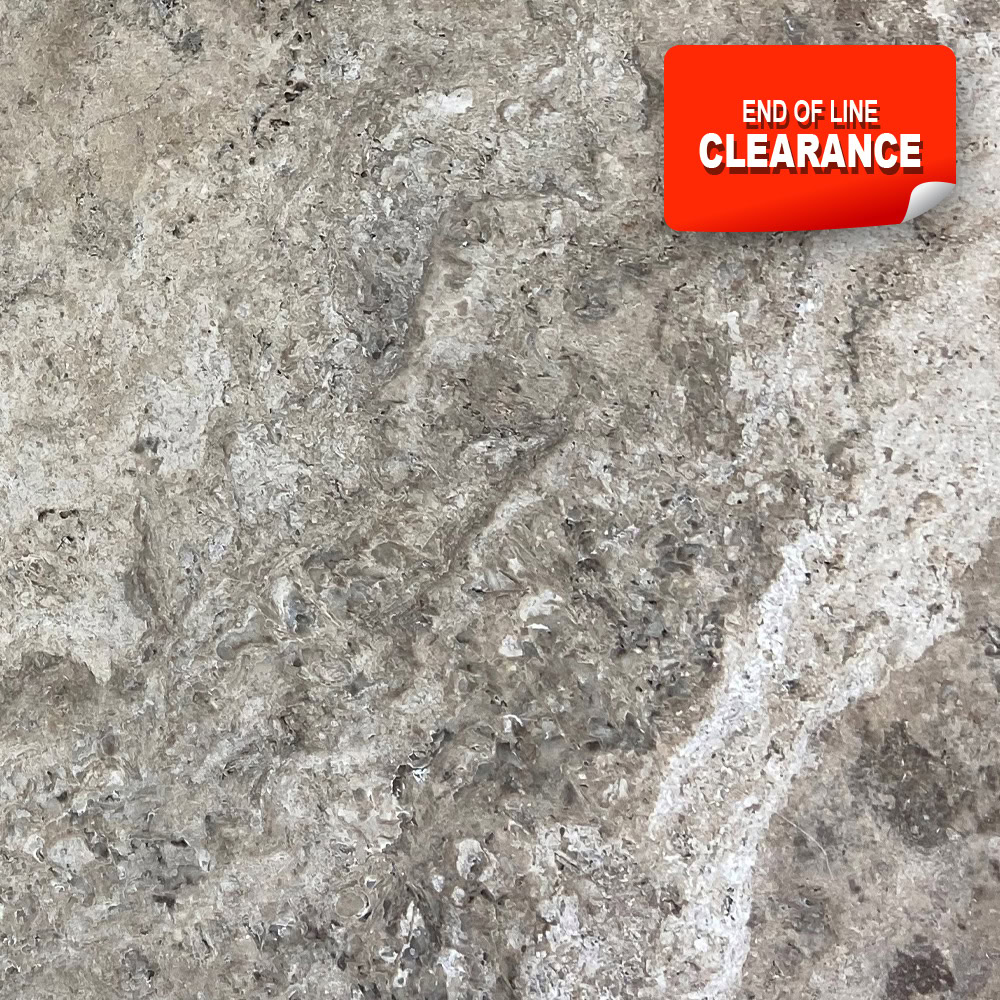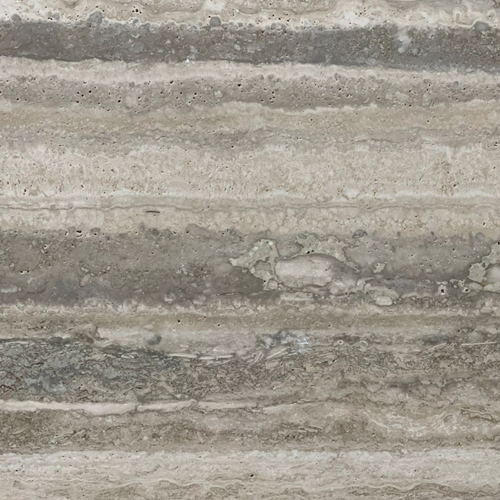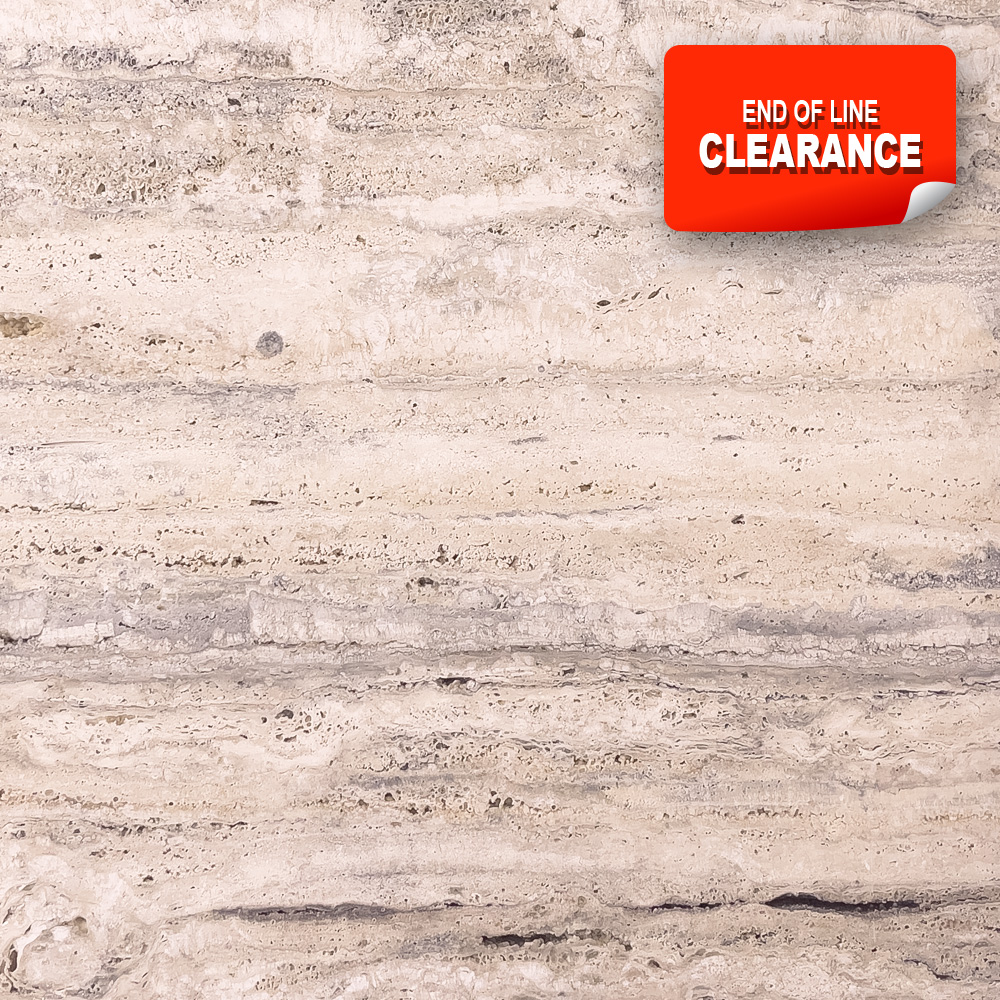Differences between Turkish & Italian Travertine
There are a few key differences between Turkish and Italian Travertine that make them completely different materials. When deciding on what material you want in your home or next renovation project, it is important to know which material is more suitable.
What is Travertine?
Travertine, as a general term, is a limestone formed by mineral deposits in natural springs.
How are Turkish Travertine and Italian Travertine quarried?
A lot of Turkish Travertine is quarried above ground whereas Italian Travertine is quarried below ground. This is important because the Italian Travertine has been placed under higher pressure, making the Italian Trav much more dense than Turkish Travertine. Since Italian Travertine is quarried below ground and is still underwater, it makes Italian Travertine more suitable for bathrooms than Turkish Travertine due to its hydrophilic (water loving) nature.
Differences in cutting
The Italians typically cut their tiles in a 610 x 610mm or 610 x 305mm format and either 15mm or 20mm thick. In Turkey, Travertine has traditionally been cut in a 600 x 600mm or 600 x 300mm format and are 12mm thick. More recently we have been noticing that Turkish Travertine is being cut to Italian Travertine sizing.
Cost difference between Turkish Travertine and Italian Travertine
If you are looking for an upfront bargain, Turkish Travertine will be your cheaper option. However, it is important to keep in mind that you would be purchasing an inferior product. Italian Travertine may cost you more upfront, but it will end up saving you money in cleaning costs and (in extreme cases) retiling in a few years’ time. Italian Travertine is more durable, easier to clean and is a better material than the Turkish material.
Is the future headache worth the slightly smaller price tag presently? That is up to the consumer.
Different Travertine Grades
Whether you choose Italian or Turkish Travertine, both materials come in different grades (much like any natural stone material): An A grade, a B grade, and a C grade. The grade typically has to do with the look of the material, number of holes, density, and durability.
If you are being offered a “premium travertine” at a ridiculously low price and it seems too good to be true, it probably is.

